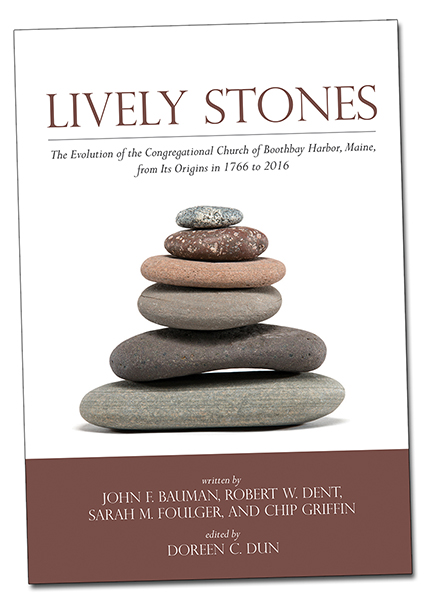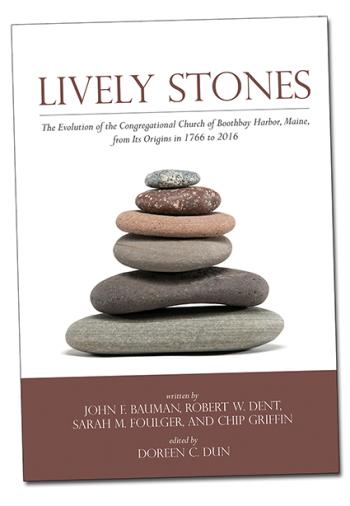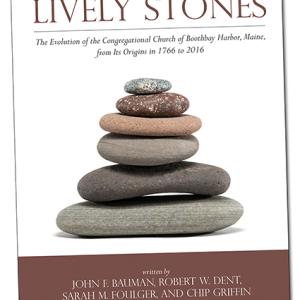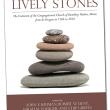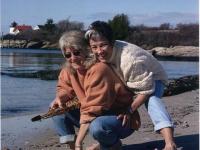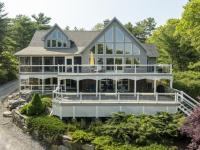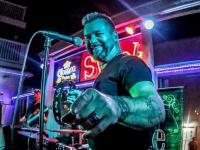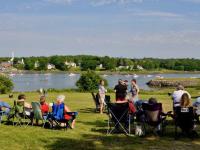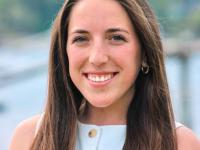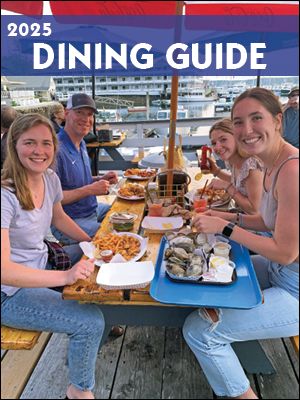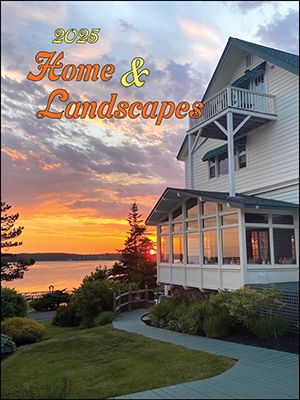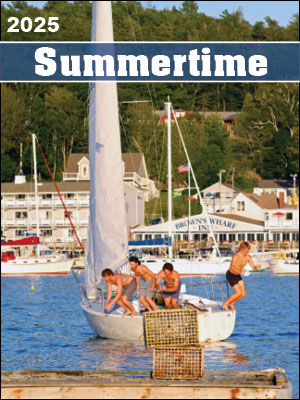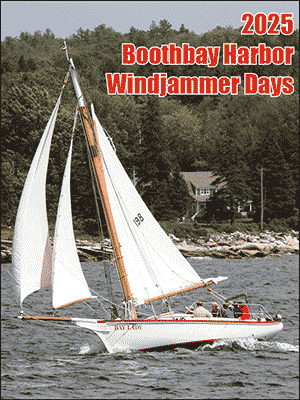The Congregational Church in an Age of Turmoil: 1965-1986
Amidst Vietnam, ghetto rioting, and student unrest, in 1965 Richard B. Balmforth arrived in Boothbay Harbor bearing unique credentials having spent 25 years as a commissioned officer in the Salvation Army. Fifteen of those years he served as chaplain with British troops first in Egypt, then Germany, before pastoring a Congregational Church in Devon, England.
Balmforth never shed his military demeanor. He came to the harbor Congregational church as much an officer as a minister. Church members recalled him as “no nonsense,” a figure of authority prepared to be respected, not loved. Indeed, Balmforth’s martial-style-ministry appeared to be mainly about imposing stability and order in the face of the national turmoil filling 1960s’ TV screens. After five years, he resigned October 31, 1970, and returned to England.
The church now searched for a new, “young” minister. Albeit youthful, just 30 years old, holding a Divinity Degree from Moravian Seminary, and experience with youth ministry, Bruce A. Riegel, however, was not the committee’s first choice. They rated his trial sermon “not outstanding.” From the start, Riegel’s year-long tenure at the Congregational Church, 1971- 1972, proved problematic. While some thought his sermons occasionally “charismatic,” most said they seemed “unprepared.“ Riegel shortly resigned and moved to Brunswick, Maine, where he became a successful youth counselor.
A new search committee — headed by Sumner C. Fairbanks — now ranked stability over age and circulated notice of the opening nationally. It reached the Reverend Charles S. Hartman, minister of the 1,000-member First Reformed Church of Greensburg, Pennsylvania, a small city (17,000) just north of Pittsburgh. Clearly, for the Search Committee and Hartman, it was love at first sight. Mrs. [Harlow] Russell believed “we were being led by God in bringing us [Hartman and the church] together.” The attraction was reciprocal. Hartman told the committee that when he received the list of vacant UCC pulpits and saw Boothbay Harbor “he looked no further.”
Hartman brought to the church impressive ministerial credentials: Yale Divinity School, and a master’s degree in history from Johns Hopkins. He epitomized the liberalism of the UCC, especially its ecumenicist agenda. In Greensburg he had organized a Committee to Provide Better Housing for Low-Income Families and he had sat on the board of the Westmoreland County Public Health Nurses.
In this Hartman Era, 1972-1978, Boothbay Harbor’s dependence on tourism only broadened. The Chamber of Commerce advertised Boothbay Harbor as the “Boating Capital of New England.” And, living at the oceanfront Roads End parsonage, settled pastors — like Charles Hartman — had a front row seat on the busy summertime yachting scene. But, Hartman came to Boothbay Harbor for more than a love of boating. He and Louise vowed to faithfully minister not only to the parish, but also to the community. Almost immediately he and Louise started a “Meals on Wheels” project. With Dorothy McEvoy, Leah Sample, Judy Pinkham and Louise, Hartman transformed the vestry kitchen into a beehive of meal production. Hartman also vocally and in other ways supported the development of a 21-unit, low-income housing project. Despite Watergate, the energy crisis, and what President Jimmy Carter called “malaise,” Hartman’s six years at the Boothbay Harbor Congregational Church might easily be described as “Golden.” In his first year, 1972-1973, sixteen new families joined the church. Alas, to the sorrow of the church and the town, Hartman in 1978 announced his retirement and in November moved to Fort Wayne, Indiana.
Against Hartman’s advice that the church select for his successor a younger pastor, the Search Committee chose Karl Phillippi, a man in the waning years of his ministry. On February 22, 1979, he and his wife Vera moved into the Roads End parsonage. Called a “wonderful person” and a “wonderful team,” Phillippi and his wife spent barely two years in Boothbay Harbor before retiring in January 1982. Like Hartman an ecumenist, Phillippi preached about Christian unity, and held joint World Prayer Services at Our Lady Queen of Peace. He welcomed the opportunity to have the Congo church host the federal Women’s, Infant’s and Children’s (WIC) program and continued Hartman’s “Meals on Wheels.”
After Phillippi, the church again made youth a key criteria. The 32-year-old Rev. Joseph David Stinson moved into the Roads End parsonage in July 1982. Born in the South — Bonham, Texas — Stinson graduated in 1972 Magna Cum Laude from Texas Christian University, and three years later from Yale Divinity School. From 1975 to 1982 he served South Congregational Church in Lawrence, Massachusetts, where he enlisted in the Naval Reserve chaplaincy. Stinson retired from the Naval chaplaincy in 2010 as a Rear Admiral.
David Stinson built upon the vitality generated during the Hartman years. It would be Stinson’s command of the pulpit, and his visionary energy which after the year 1986 inspired him to undertake one of the largest church building undertakings since the Second Congregational Church had been established in Boothbay Harbor in 1884.
Event Date
Address
United States

